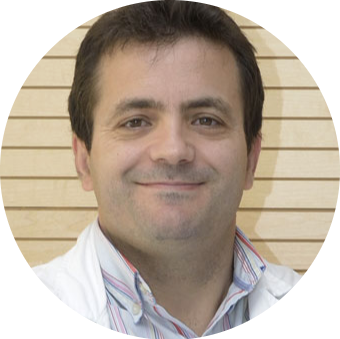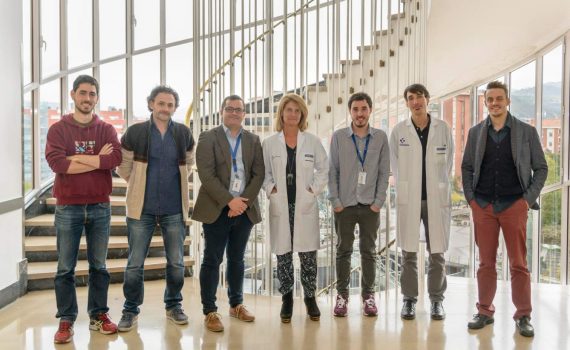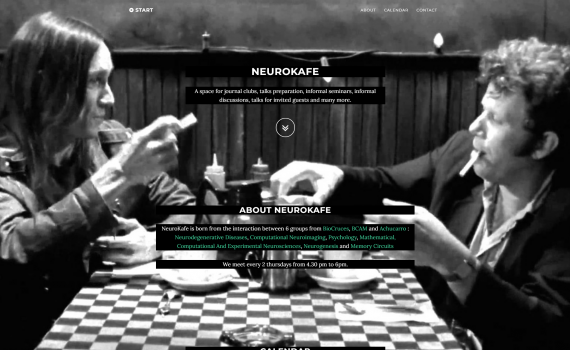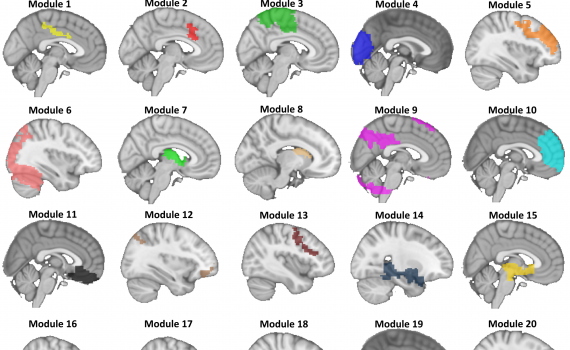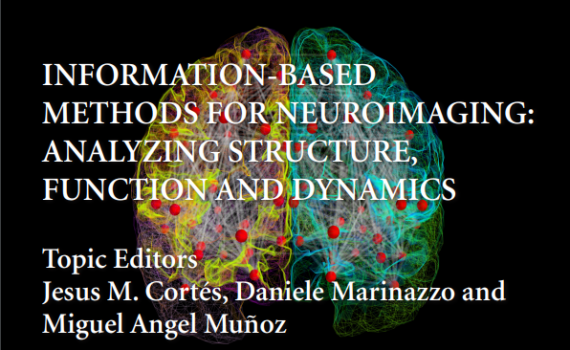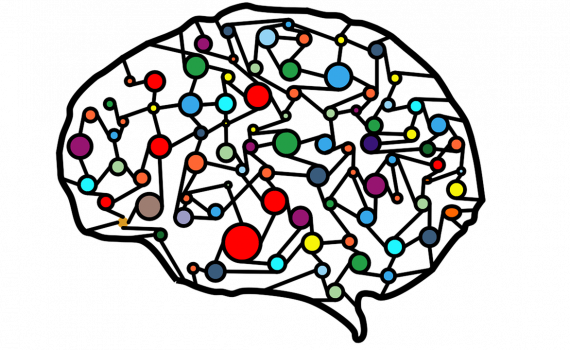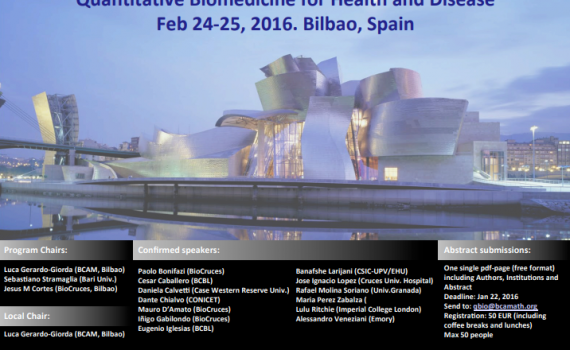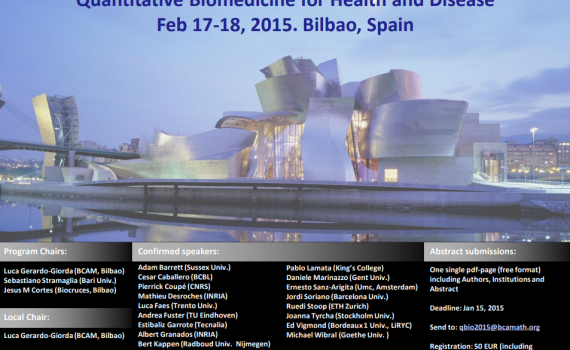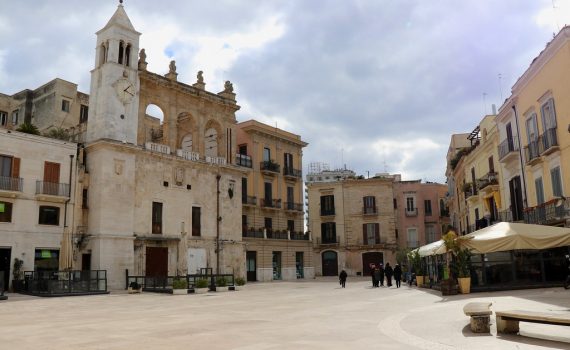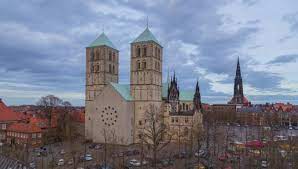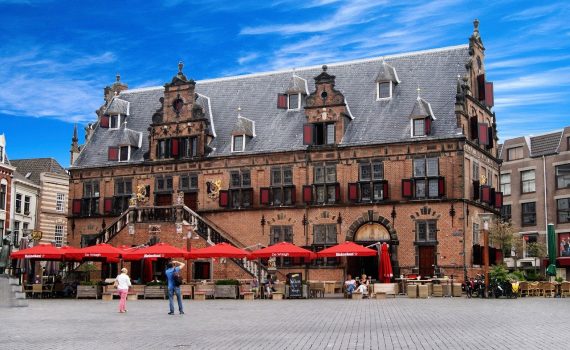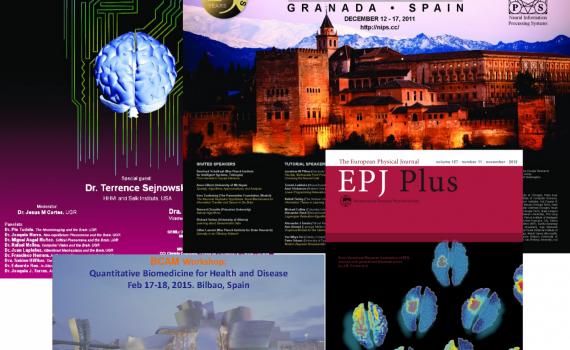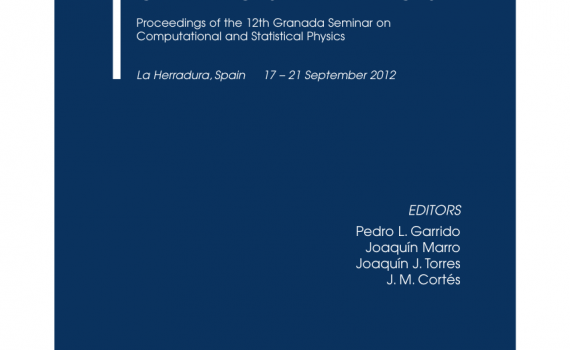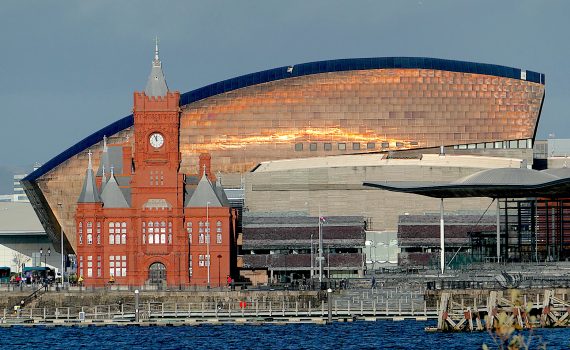In collaboration with Luca Gerardo – Giorda (BCAM, Bilbao) and Sebastiano Stramaglia (Univ of Bari), we are organizing the 2017 Quantitative Biomedicine Workshop. Further information (program and registration info) can be found at http://www.bcamath.org/en/workshops/qbio2017 The poster conference [pdf] The book of abstracts [pdf]
Latest News
A privilege to work with such wonderful people, from left to right, Asier Erramuzpe, Paolo Bonifazi, Jesus Cortes, Beatriz Mateos, Ibai Diez, Iñaki Escudero and Javier Rasero.
My collaboration with Dr. JI Lopez on a new method for tumor sampling called Multi-Site Tumor Sampling went to the so prestigious journal The Pathologist Here, you can download the pdf Here, you can visit the website
From the interaction between different people with common interests and ambitions, we have created and are participating in the neurokafe. More information at https://neurokafe.github.io/
I was interviewed by the Mecanica del Caracol of Radio Euskadi about our new paper “A novel brain partition highlights the modular skeleton shared by structure and function”. To download the paper click here The atlas can be downloaded from NITRC at here. You can listen the interview at here
I was interviewed by the Boulevard of Radio Euskadi about our new paper “A novel brain partition highlights the modular skeleton shared by structure and function”. To download the paper click here The atlas can be downloaded from NITRC at here. You can listen the interview at here
Our new paper “A novel brain partition highlights the modular skeleton shared by structure and function”. To download the paper click here The atlas can be downloaded from NITRC at here. Elmundo.es – Investigadores vascos publican en ‘Nature’ un inédito ‘atlas cerebral’ abc.es – Biocruces elabora un nuevo atlas del cerebro para estudiar sus patologías abc salud – Dibujan un nuevo atlas del cerebro clave para estudiar el alzhéimer o […]
On Oct 27th, 2015 Ibai Diez defended his Thesis titled “New neuroimaging methods for clinical neuroscience and neurogical disorders”. He got ”Cum Laude por Unaminidad”. Zorionak!!
INFORMATION-BASED METHODS FOR NEUROIMAGING: ANALYZING STRUCTURE, FUNCTION AND DYNAMICS. Editor(s): Jesus M Cortes, Daniele Marinazzo and Miguel Angel Muñoz [pdf]
Media: Diario Medico – Miden la conectividad cerebral en el momento de despertar del coma Media: Diario Medico Web – Miden la conectividad cerebral en el momento de despertar del coma Media: Basque Research. Elhuyar Fundazioa ES – Cuantifican por tecnicas de neuroimagen los daños cerebrales de trastornos de consciencia Media: Basque Research. Elhuyar Fundazioa EN – Neuroimaging methods used to show disturbances of brain function in DOC patients Media: […]
Luca Gerardo Giorda, Sebastiano Stramaglia and I organize a workshop series on quantitative biomedicine. For the year 2016, you can check: The poster conference The book of abstracts
Luca Gerardo Giorda, Sebastiano Stramaglia and I organize a workshop series on quantitative biomedicine. For the year 2015, you can check: The poster conference The book of abstracts
How is brain function influenced and constrained by its underlying structural connectivity? To reply to this question, we derive a new method that provides a new brain atlas that –emerging out of a careful hierarchical clustering analysis– combines both structural and functional data to discover network modules common to both data sets. A region within this atlas is functionally connected and structurally wired (with fibers). To the best of our […]
Paolo Bonifazi School of Physics and Astronomy. Tel Aviv University, Israel. Bridging the gap between structural and functional connectivity in neuronal microcircuits: experimental and theoretical insights May 30, 2014. 12.00am One of the main challenges of modern neuroscience is to understand how network dynamics are related to anatomical connectivity. Structural–functional studies of neuronal networks have recently benefited from considerable progress in different areas of investigation. Advances in molecular genetics and […]
Roberta Russo Department of Physics. University of Napoli, Italy Brain modularity controls the critical behavior of spontaneous activity May 9, 2014. 10.00am The human brain exhibits a complex structure made of scale-free highly connected modules loosely interconnected by weaker links to form a small-world network. These features appear in healthy patients whereas neurological diseases often modify this structure. An important open question concerns the role of brain modularity in sustaining […]
Sebastiano Stramaglia. Ikerbasque Visiting Professor. BioCruces. Bari University, Italy Neuroimaging Methods for Systems Neuroscience and Disease: Insights from Information Theory and Causality Jan 28, 2014. 8.30am Contemporary neuroimaging methods can shed light on the basis of human neural and cognitive specializations, with important implications for neuroscience and medicine. Human brain shows properties of both segregation and integration; the first property accounts for its modularity and specialization, whilst the integration is […]
Marcos J. Arauzo-Bravo Max Planck Institute for Molecular Biomedicine. Muenster, Germany Development of computational tools for understanding the crosstalk between genetic and epigenetic networks Fri Feb 8, 2013. 1.00pm We develop computational biology tools which help to close the gap between the biological and computational way of explaining biological problems. We use such tools to understand the complexity of the hidden DNA language that codifies the regulation of the gene […]
Alberto Llera PhD student Donders Institute for Brain, Cognition and Behaviour Radboud University Nijmegen, The Netherlands Análisis de datos EEG/MEG y su aplicación en la construcción de Interfaces Cerebro-Máquina Adaptativas Thu Jan 31, 2013. 1.00pm La identificación y caracterización de patrones de actividad cerebral es en los últimos años un área muy intensa de investigación científica y con importantes aplicaciones no sólo biomédicas y neurológicas, sino también para la industria […]
La Herradura, Tropical Coast of Granada, Spain The Granada Seminar titled “PHYSICS, COMPUTATION, and THE MIND” was done on 17-21 September 2012. More information at ERGODIC/UGR
This is a list of cool posters in which my name has been pressed in so far (chronological order): 1. As the moderator in the Brain Panel Discussion here 2. As the Spanish Ambassador in the NIPS 2011 Annual Conference here 3. As the Front Cover in the journal EPJ-Plus here 4. As the program chair in the BCAM Workshop: Quantitative Biomedicine for Health and Disease. Feb 17-18, 2015 here
Dr Joaquin Goñi Indiana University, USA Complex Systems in Neuroscience Thu Sept 13, 2012. 1.00pm Advanced neuroimaging techniques permit to get estimates of neural organization, connectivity and functioning within the human brain. In the last years, there is an increasing evidence that these aspects are not independent of each other but closely inter-related both in healthy and in impaired conditions. By using different frameworks, mainly Network theory, Information theory and […]
NIPS-2011 Satellite Meeting on CAUSAL GRAPHS: LINKING BRAIN STRUCTURE TO FUNCTION Dec 11, 2011. Carmen de la Victoria, Granada Single-day workshop funded by CEI BIOTIC and GENIL, grant IMS-2010-1 Organizers Institutions in Granada University: Departamento de Ciencias de la Computacion e Inteligencia Artificial (Jesus M Cortes) and Institute Carlos I for Theoretical and Computational Physics (Miguel A Munoz) The Workshop “Causal Graphs: Linking Brain Structure to Function” is over and […]
Dr Serafim Rodrigues Centre for Robotics and Neural Systems. Plymouth University, UK Model reductions, excitability and application to granule cells Mon Dec 5, 2011. 12.00am This talk aims to provide some insight about neuronal model reductions and understand the mathematical origin of excitability. To do so, techniques from singular perturbation theory applied to slow-fast systems will be recalled. We will apply these techniques to the standard Hodgkin-Huxley model, showing how […]
Lecturer Dr. Mathieu Desroches. Mathematical Engineering. Bristol University, UK For further information and registration, see the OSL link
Dr Mathieu Desroches University of Bristol, UK Numerical continuation: theory, implementation and recent advances Wed June 29, 2011. 11.00am In this talk, I will introduce the basics of numerical continuation, which is a family of schemes allowing to compute branches of solutions of nonlinear equations depending on one or several parameters. I will explain the theoretical grounds of this method as well as its numerical implementation to compute branches of […]
Dr Serafim Rodrigues University of Bristol, UK A mathematical and computational paradigm to compute stability boundaries and bifurcations directly from data in closed-loop experiments Tue June 28, 2011. 11.00am I will present a novel paradigm that enables to track unstable states and transitions between qualitatively different dynamics from noisy experimental data. These data are recorded from real-time computer-controlled closed-loop experiments such as dynamic-clamp in electrophysiology, HILL systems in electronics and […]
Dr Sebastiano Stramaglia University of Bari, Italy Redundant variables and Granger causality Wed May 4, 2011. 5.30pm An important notion in information theory is the redundancy in a group of variables, usually formalized as a generalization of the mutual information. The application of multivariate Granger causality, in presence of redundant variables, leads to under-estimation of causalities. The notions of redundancy and synergy can be developed in the frame of causality, […]
Dr. Andrea Greve Wales Institute of Cognitive Neuroscience. School of Psychology. Cardiff University, UK Brain Networks: the time and place for network analysis methods in Neuroscience Fri Apr 29, 2011. 11.00am The brain is a highly complex system whose individual components (e.g. nerve cells) are linked by a dense web of intricate connectivity which achieve complex pattern of information transfer that guide our behaviour, shape our thoughts and allow us […]
Press Sejnowski Interview to Prof. Sejnowski (by Ideal) Newspaper “Ideal” Newspaper “Granada Hoy” Campus Biotic Canal UGR
